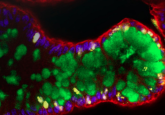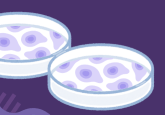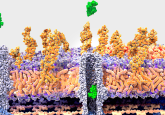Your mini-brain on drugs
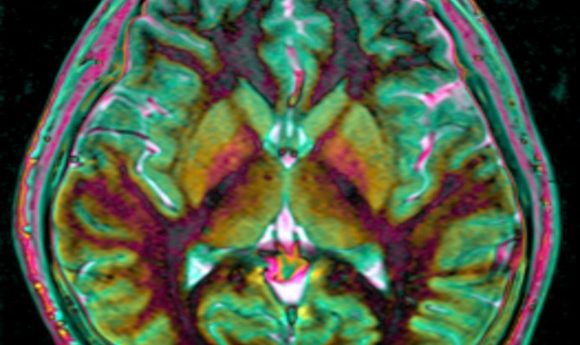
Studying the effects of psychoactive substances in the human brain can be challenging. One solution: grow your own brains in the lab.
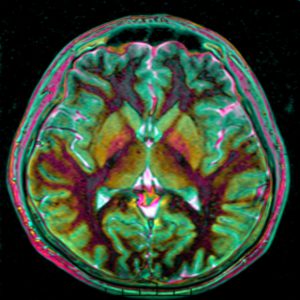
Credit: Wikimedia Commons.
Scientists interested in the effects of psychoactive drugs in the human brain deal with myriad thorny legal and ethical issues. However, a new study in Scientific Reports bypassed many of these hurdles by examining mini-brains grown entirely in the lab. Researchers looking at the psychedelic 5-MeO-DMT found that the drug produces broad changes in the expression of proteins involved in inflammation and synaptic plasticity.
5-MeO-DMT belongs to a group of molecules known as dimethyltryptamines. These are the active ingredients in a number of psychedelics, including preparations such as ayahuasca, which is used traditionally in spiritual contexts by indigenous peoples of South America. Senior author Stevens Rehen from the D’Or Institute of Research and Education in Rio de Janeiro became interested in these psychedelic drugs after his colleagues discovered that the drug dampened activity in a network of brain areas that are active when a person is not concentrating on any particular task . “So, I decided to join forces with them on this psychedelic research renaissance … to understand the molecular effects of psychedelics in the human brain tissue,” recalled Rehen.
Previous research showed that 5-MeO-DMT conferred a protective effect on cortical neurons and immune cells in vitro. However, Rehen’s team wanted to look at the effects of the drug in an experimental model that better reflected the complexity of the human brain. To do so, they examined cerebral organoids, three-dimensional cultures grown from embryonic stem cells. These “mini-brains” roughly resemble the architecture of a brain in early human development, providing a tool for studying complex molecular processes.
The researchers treated cerebral organoids with either 5-MeO-DMT or just medium for 24 hours. They then took tissue samples and conducted mass spectrometry to analyse the proteins present in treated and untreated mini-brains. Almost 1000 proteins showed different expression levels in the cerebral organoids treated with 5-MeO-DMT: 360 were downregulated and 574 upregulated.
Functional enrichment analysis revealed that proteins involved in cellular structure and organization, such as the formation of dendritic spines, were upregulated in mini-brains treated with the drug. In contrast, those involved in cell death and neurodegeneration were downregulated. Computational models accounting for broad effects on systems of proteins suggested that the drug inhibited the NF-κB pathway, a key regulator of inflammatory response. It also appeared to activate pathways involved in long-term potentiation , a cellular process fundamental for learning.
The authors suggested that 5-MeO-DMT’s positive effects on cellular plasticity and protection against cell death may relate to the psychological effects of the drug, such as changes in perception and feelings of novelty. These changes may also hint at future clinical applications. “The results suggest that classic psychedelics are powerful inducers of neuroplasticity and reinforce the hidden clinical potential of substances under legal restrictions, but which deserve attention of medical and scientific communities,” said Rehen. This could include possible antidepressant effects . The authors point out similarities between 5-MeO-DMT and ketamine, which also affects synaptic plasticity and improves mood.
Rehen emphasised that as of yet there is no evidence that the drug could be used clinically. “Our research cannot be used as a justification for anyone to use psychedelics or any other drug,” he said. While the mini-brain model improves upon other in vitro models, it does not necessarily reflect the effects in a person taking the drug. “We cannot compare the dose/route of exposure in the lab with the dose/route of exposure in human users.”

